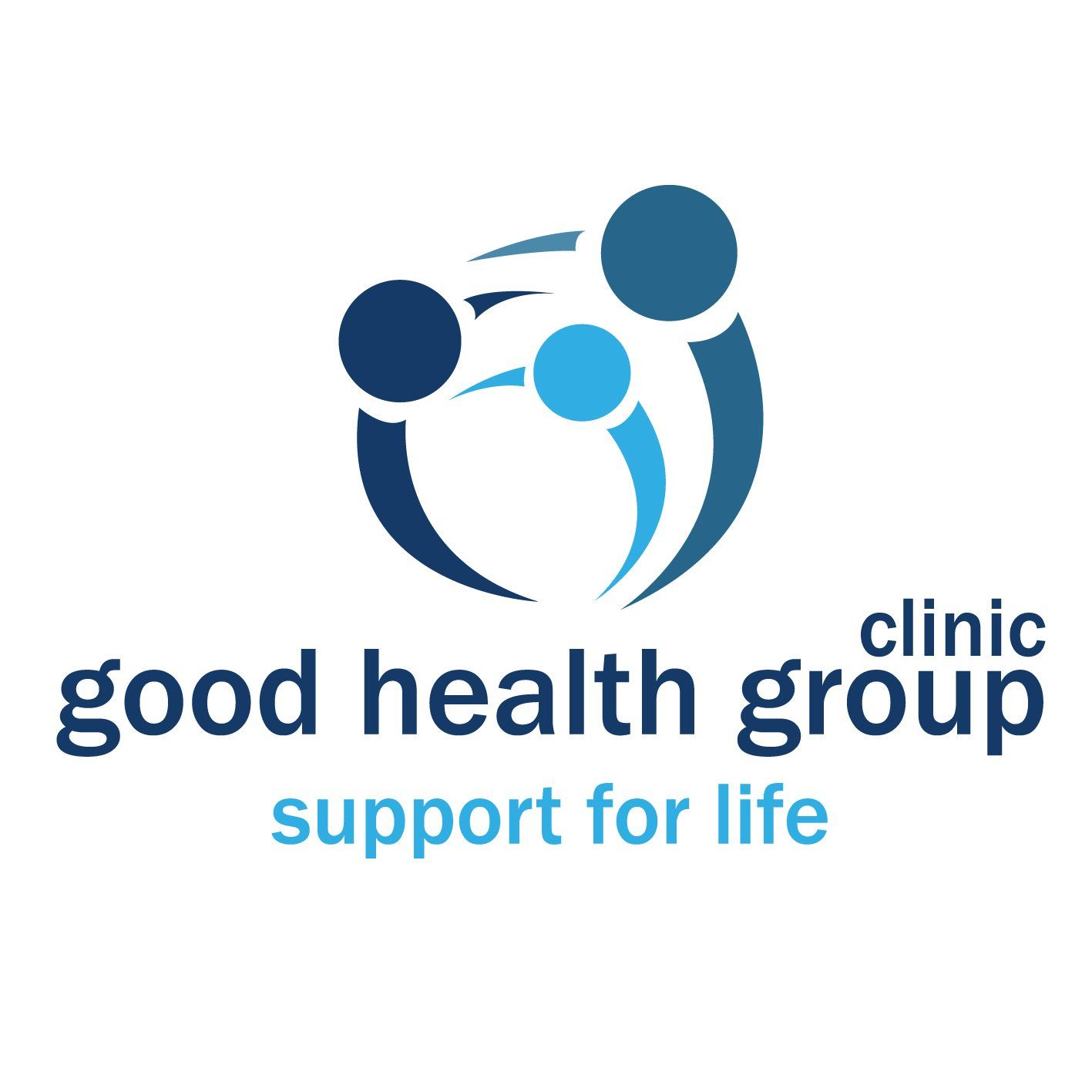A Journey of Resilience: One Step at a Time

One such client recently visited during his short stay in Melbourne, working with Sam to advance his recovery journey. His story highlights the importance of a structured approach, consistency, and a positive mindset in achieving long-term progress.
Background
Our client, a full-time Uber driver from Perth, visited Melbourne for a few weeks to help his son move house. This involved physically demanding tasks like heavy lifting and navigating stairs. Despite the challenges, he remained focused on improving his hip mobility and managing his physical condition.
Four years ago, he underwent a right hip replacement due to cancer. Years of chemotherapy and a busy lifestyle had resulted in muscle loss and tightness, particularly in his lower back, glutes, hamstrings, and quads. Prolonged sitting during his work as an Uber driver added further strain.
His Mindset: Progress Over Perfection
When he met Sam, he shared his philosophy that shaped his approach to recovery:
"Even if I take two steps backward, I would love to make four steps forward. At least I am moving forward and making progress, even if it takes time."
This resilient mindset allowed him to stay motivated despite setbacks, understanding that recovery is rarely linear. It provided a strong foundation for the collaborative work Sam and he undertook.
Even before seeking treatment, the client had already taken proactive steps to support his recovery:
- Physiotherapy and Rehab Exercises:
- He worked with a physiotherapist in Perth, following a structured exercise program to build strength and mobility.
- Foam Rolling and Stretching:
- Regularly used foam rolling and stretching techniques to release tension in tight muscles, particularly the glutes and lower back.
- Active Engagement in Daily Life:
- Despite his challenges, he remained active and committed to helping his family, demonstrating his determination to maintain functionality and independence.
Sam’s Approach to Treatment
During the client’s two consultations with Sam, the focus was on gradually building his strength, mobility, and confidence through tailored exercises and treatments.
Initial Consultation: Gentle Foundations
In the first session, Sam introduced gentle exercises to establish a foundation for recovery without overwhelming his body.
These exercises included:
- Supine Psoas March (No Resistance Band): Activated the iliopsoas for improved hip flexion.
- Wall Leg Press with Foam Roller Between Knees: Engaged the adductors and stabilised the pelvis.
- TFL Stretch: Relieved tightness in the tensor fascia latae.
- Seated Hip Flexion and Ankle Pumps: Practical, work-friendly exercises to improve mobility and circulation during long hours of sitting.
Second Consultation: Progression to Dynamic Movement
By the second session, the client reported significant improvement and was ready for more dynamic exercises. Sam updated his plan to include:
- Strength Exercises:
- Supine Psoas March
- Wall Glute Bridge
- Wall Leg Press with Foam Roller
- Side-Lying TFL Stretch
- Dynamic Mobility Exercises:
- Hip Joint Circles
- Shinbox Get-Ups
- Forward Step and Reach
- Standing Hip CARs
- Work-Friendly Movements:
- Seated Spinal Twist
- Lateral Step and Reach
- Seated Hip Flexion
- Ankle Pumps
Through his dedication and collaboration with Sam, the client achieved:
- Noticeable improvement in hip mobility and reduced tightness.
- Increased ability to handle physical tasks, such as moving heavy items, with greater ease.
- Renewed confidence in managing his recovery independently after returning to Perth.
Lessons from His Recovery
This client’s story demonstrates key principles for recovery:
- Start Small, Build Gradually:
- Gentle exercises laid the foundation for dynamic, functional movements as his strength improved.
- Consistency Is Key:
- Following a structured plan and incorporating work-friendly exercises ensured steady progress.
- Mindset Matters:
- A positive attitude and patience enabled him to stay committed, even when results took time.
Your Recovery Journey Starts Here
Whether you’re recovering from surgery, managing tightness, or balancing a busy lifestyle, progress is always possible with the right mindset and guidance.
At
Good Health Group Clinic, our team include Myotherapist
Ian Selvarajoo, Chiropractor
Tanja Nashibita and Remedial Therapist
Sam Noh are here to support you with personalised treatments and advice to help you move forward.
Take inspiration from this story and remember: every step forward builds toward a healthier, stronger you. Contact us today to start your journey.
Blogs
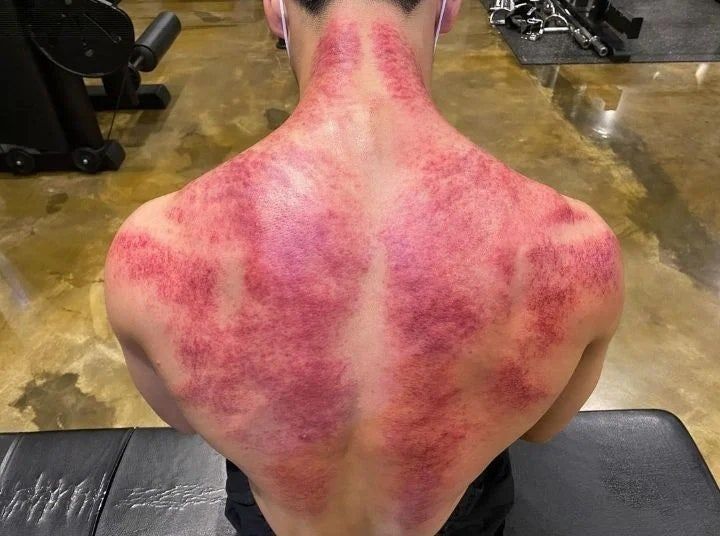
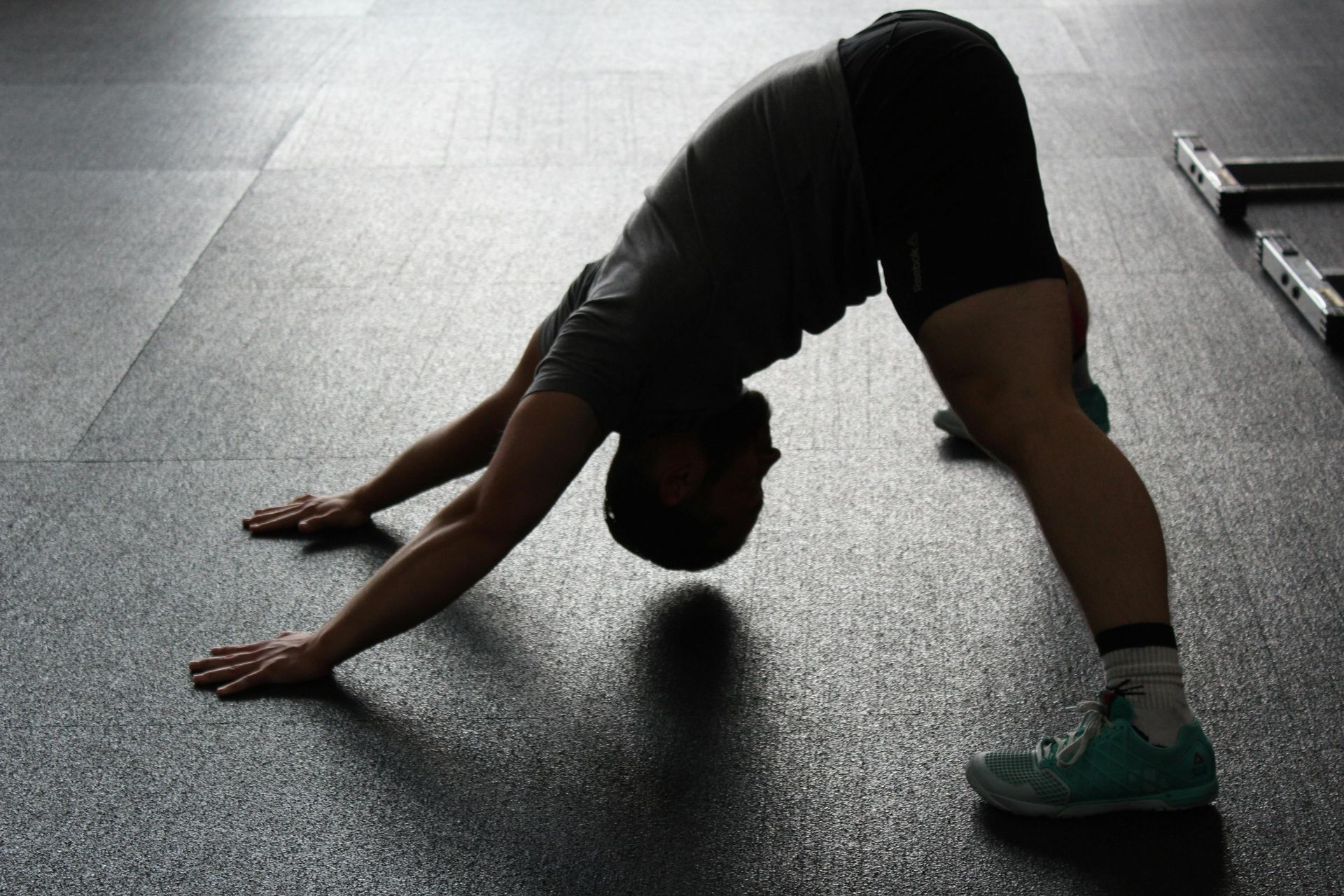



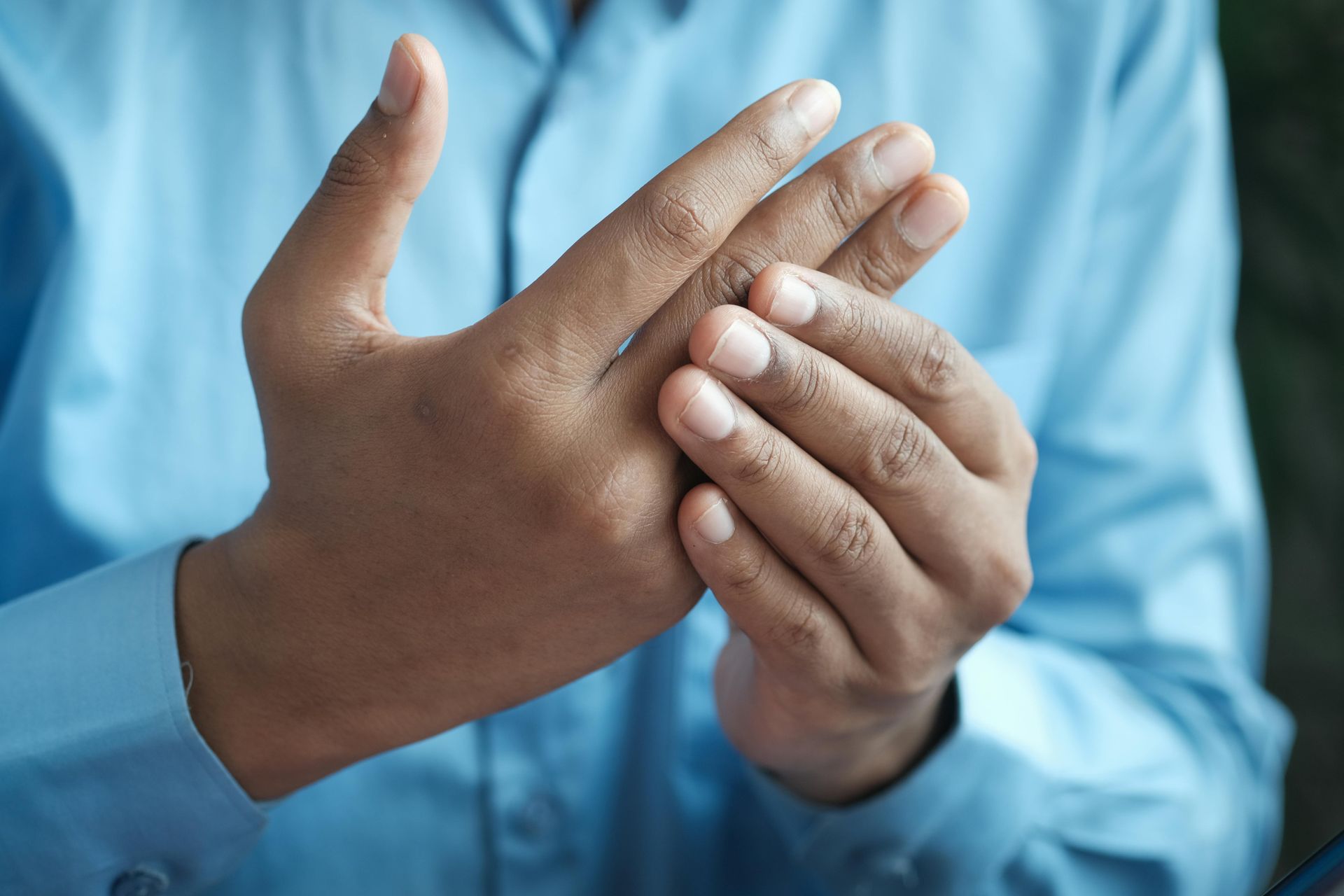

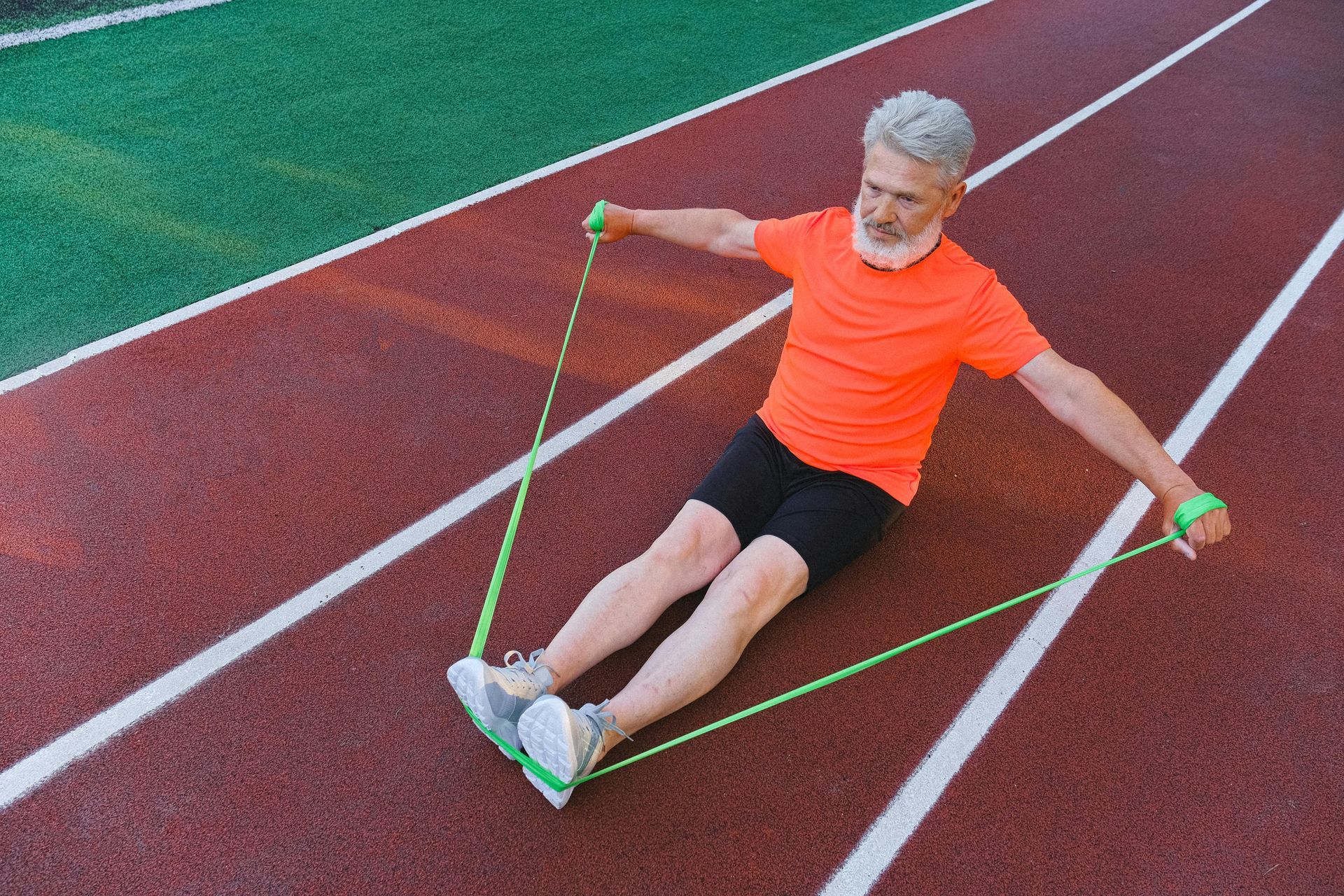
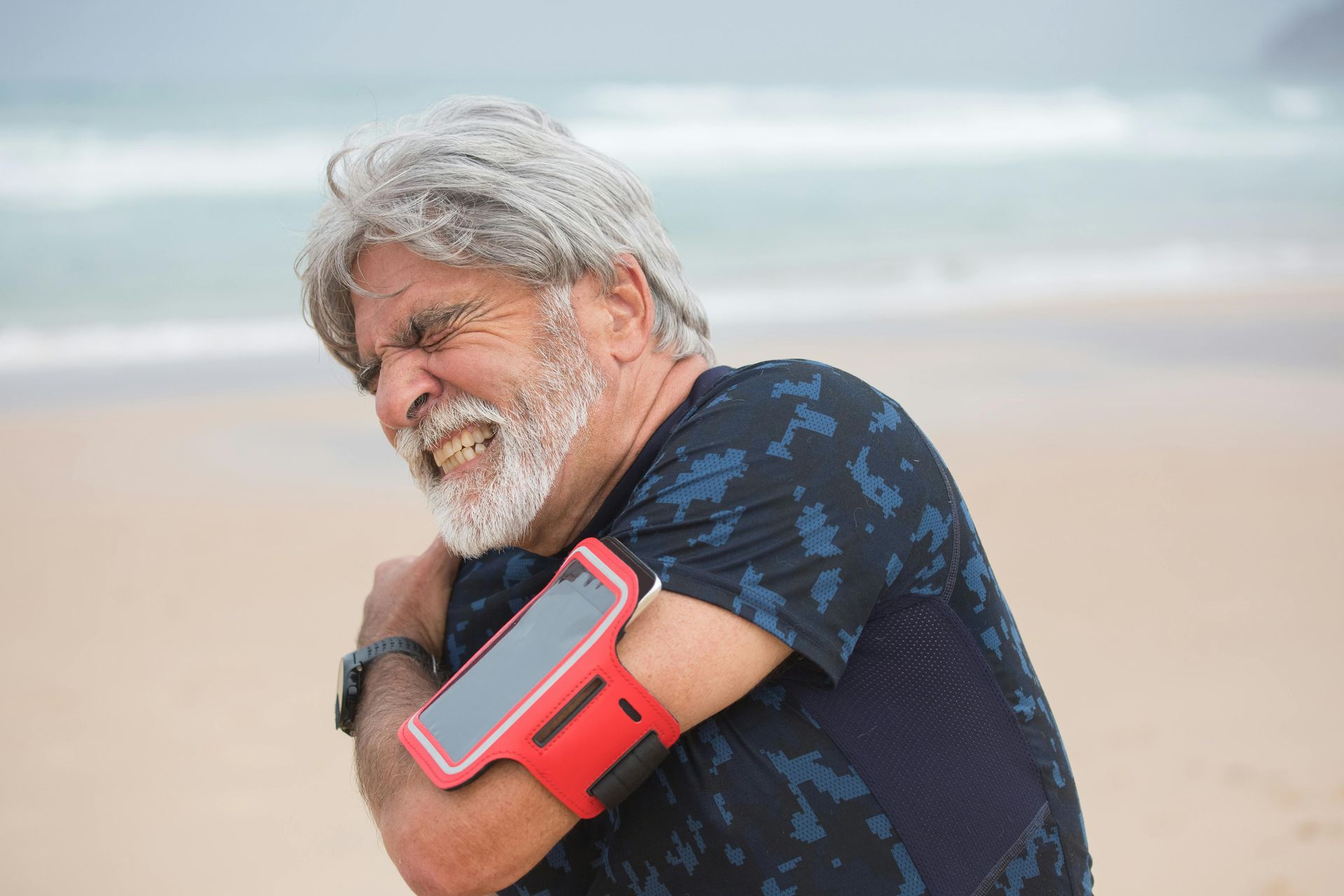
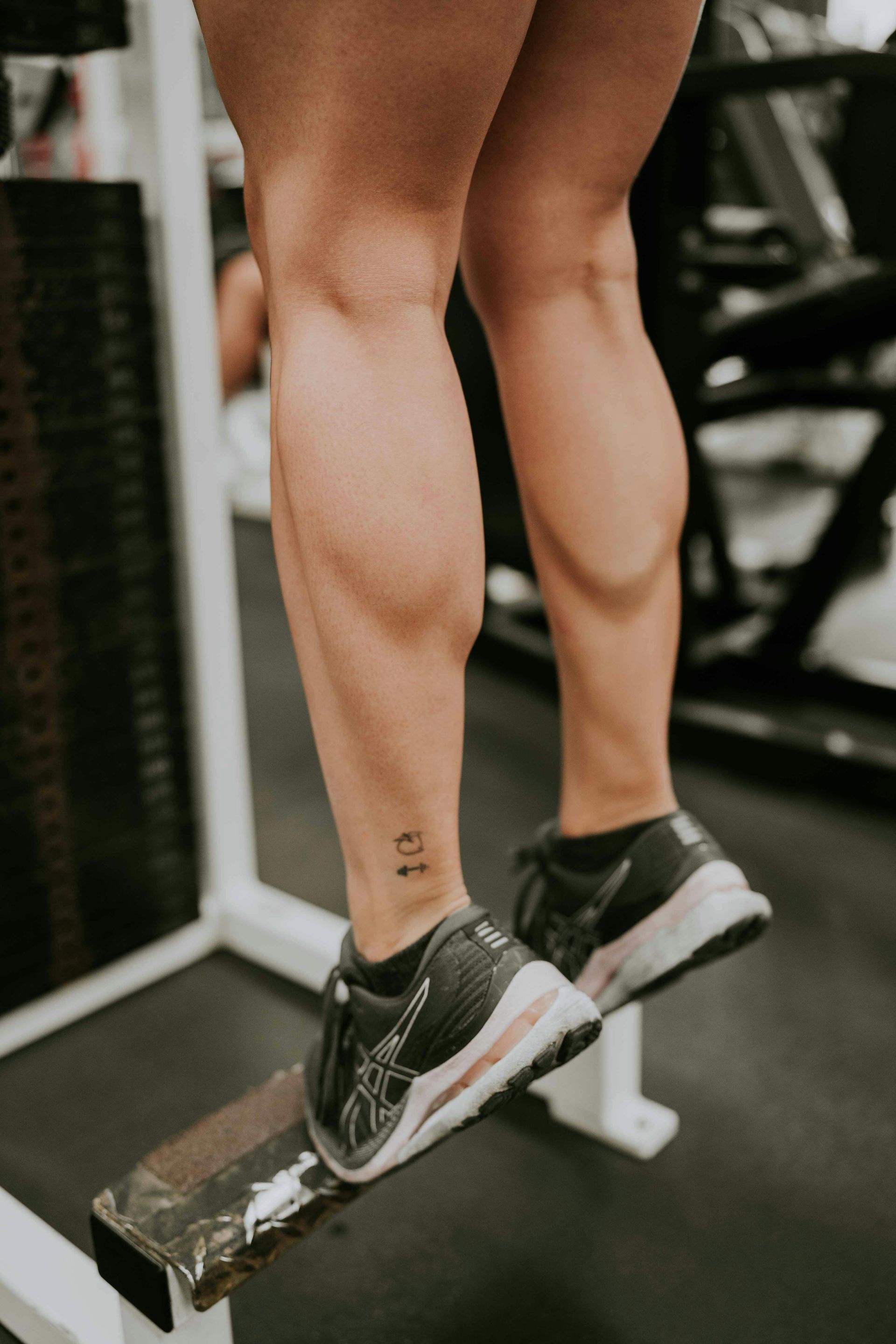
At Good Health Group Clinic, we empower your holistic well-being through personalized, integrative care. Join us on the journey to a healthier, more vibrant life. Contact us today to start transforming your health.
Contact Us
Call us at -03 9505 0595
Email us at - info@ghgc.com.au
333 Nepean Hwy Brighton East VIC 3187
(Mon-Fri 9am-8pm, Sat-Sun 10am-6pm)
